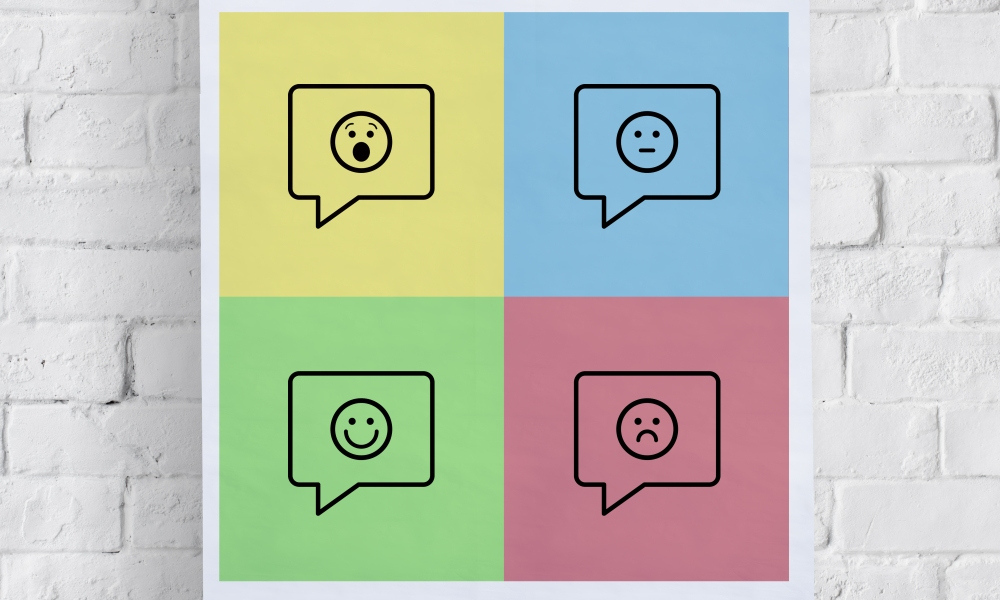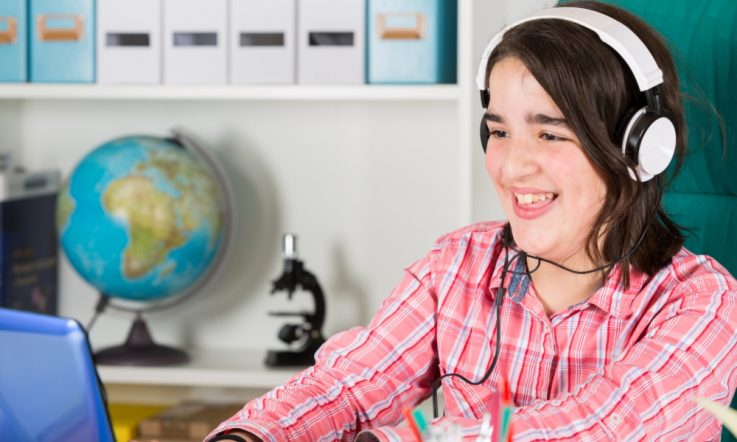Online learning environments have been a game changer for Australian distance educators whose ‘classrooms' cover thousands of square kilometres, but it's more than just a case of being able to reach isolated areas.
The technology is also allowing teachers to provide one-to-one support and immediate feedback to students who are struggling with issues such as anxiety, helping to build their confidence and self-esteem and re-engage with learning.
Teresa Anderson is Head of Campus at Queensland's Capricornia School of Distance Education (CSDE) and state representative with the Australasian Association of Distance Education Schools (AADES). In the last three years she's noticed a growth in the number of medical enrolments where students are dealing with mental health issues and says this trend appears to be happening right across Australia.
‘I don't know whether it's because mainstream schools have suddenly cottoned on to the services that distance education give, so [they are] referring more, but also it seems to be for us we get a lot of word of mouth. CSDE get a lot of families saying “hey, I noticed you did this for this parent, this sounds great for my child, can I come too?”. So, enrolments seem to be just snowballing.
‘It's really hard to generalise because they're all so different. We've also got travelling students and geographically isolated country kids, so it's not all students with medical and high anxiety needs, even though we do have more and more enrolling.'
CSDE caters for more than 800 school and home-based students, from eKindy to Year 12, and has physical campuses at Emerald and Rockhampton. Sometimes the aim is to help youngsters get back into mainstream schooling, so the enrolment numbers fluctuate. Anderson says, again, it comes down to individual student needs. ‘For some students yes (it's about getting them back to the school they've come from), but for some we seem to be the best place to suit them. It depends … everyone is different. That's our school motto – be different, make a difference.
‘We'll try and do what we can to cater for each student. If we think the best place for that student is in a mainstream school then we'll do what we can to build partnerships and to re-engage them. But for some of our students were sort of the last port of call, where they've completely disengaged from mainstream school (particularly in secondary) … so, it seems to suit some of them.'
Anderson says the number one priority at CSDE is building relationships and trust – something which can be especially difficult in a distance education environment. Most of the teaching is done online, with students visiting the physical campus at least once a term for mini school ‘inreach' sessions. Online, teachers use Blackboard Collaborate, one of the tools provided through Queensland education department's eLearning management system Learning Place.
‘We try and meet the students as much as possible or talk with them on the phone as much as possible,' Anderson explains. ‘Or, online, we might put them into breakout rooms where we can have conversations with them; we use lots of private chat in the chat boxes in the Collaborate sessions. So, there are lots of different things we can do to build relationships.'
Put simply, it's about getting students' brains out of the fight or flight mentality, past the anxiety barrier, and into a state where they can start to think and engage. ‘In the Collaborate page there's a little side panel with the students' names and a whole range of emoticons that they can use, which we use all of the time. There are polling tools and there's a chatroom – a general one that everyone can chat in and there's the option for students to do private chat. We're also trialling having teacher aides come into lessons, so there's actually two adults in the online lesson and the teacher aides are doing background support with certain students and doing private chats as well to help support those students online and help prompt them, and that's having a lot of success.'
In terms of scaffolding and differentiation, direct teaching through the internet also involves lots of discussion and teacher modelling. It's also a great system for providing instant feedback, checking and clarification – both on the part of the teacher and the student.
Anderson says the eLearning technology has made a huge difference. ‘Traditionally, distance ed was snail mail, where you'd mark papers and then they'd get posted, and then they'd get the feedback weeks later. Now it's pretty much instant, we can give students direction and feedback instantly whether it be sharing files through the computer or email as well. So, it's basically been a game changer for us.'
What is the number one priority in your school? What about your class?
Teresa Anderson says the priority at her school is building relationships and trust. What strategies do you employ to build strong relationships with students? What about building relationships and trust with your colleagues?
Think about your own classroom practice – how often do provide feedback to students? What about receiving feedback; how often do you invite students to give you feedback?



